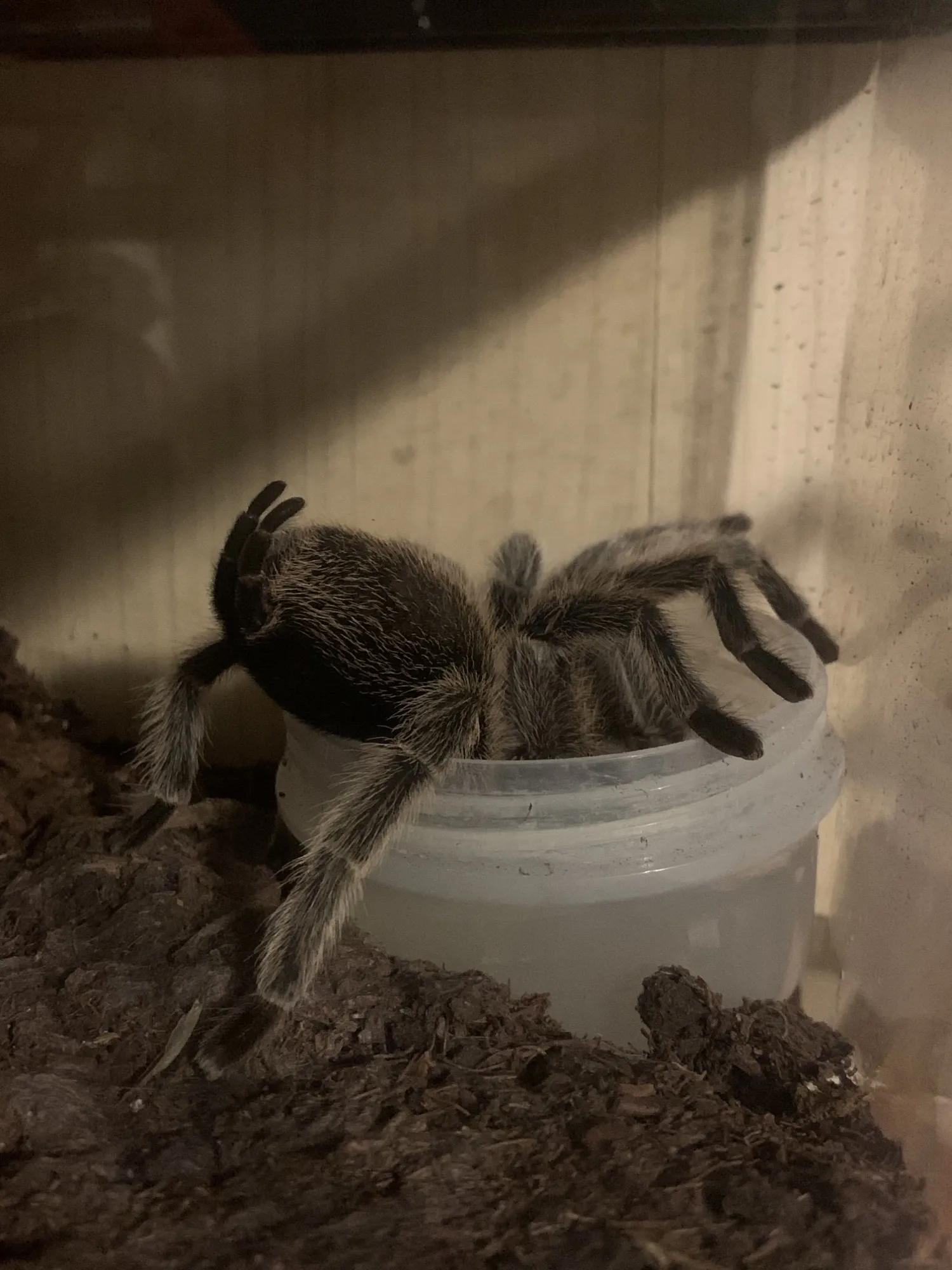Rose Hair Tarantula Care Introduction
The Rose Hair Tarantula, scientifically known as Grammostola rosea, is a popular pet choice for its docile nature and relatively simple care requirements. Originating from the dry climates of South America, these spiders are hardy and can thrive in captivity with proper husbandry. This guide provides top tips for successfully caring for your Rose Hair Tarantula, ensuring its health and longevity. Understanding the specific needs of your tarantula is essential for creating a comfortable and enriching environment. This involves careful attention to its enclosure, diet, and overall well-being, allowing you to enjoy the fascinating world of these arachnids. By following these guidelines, you can provide the best possible care for your Rose Hair Tarantula.
Choosing Your Rose Hair Tarantula
Selecting a healthy Rose Hair Tarantula is the first crucial step towards successful tarantula ownership. It sets the foundation for a long and fulfilling relationship with your new pet. A healthy tarantula displays certain characteristics that indicate its well-being. Observe the spider carefully to ensure it meets these criteria before making a purchase. This initial assessment can prevent future complications and ensure that you acquire a robust and thriving Rose Hair Tarantula, ready to be a captivating addition to your home.
Selecting a Healthy Tarantula
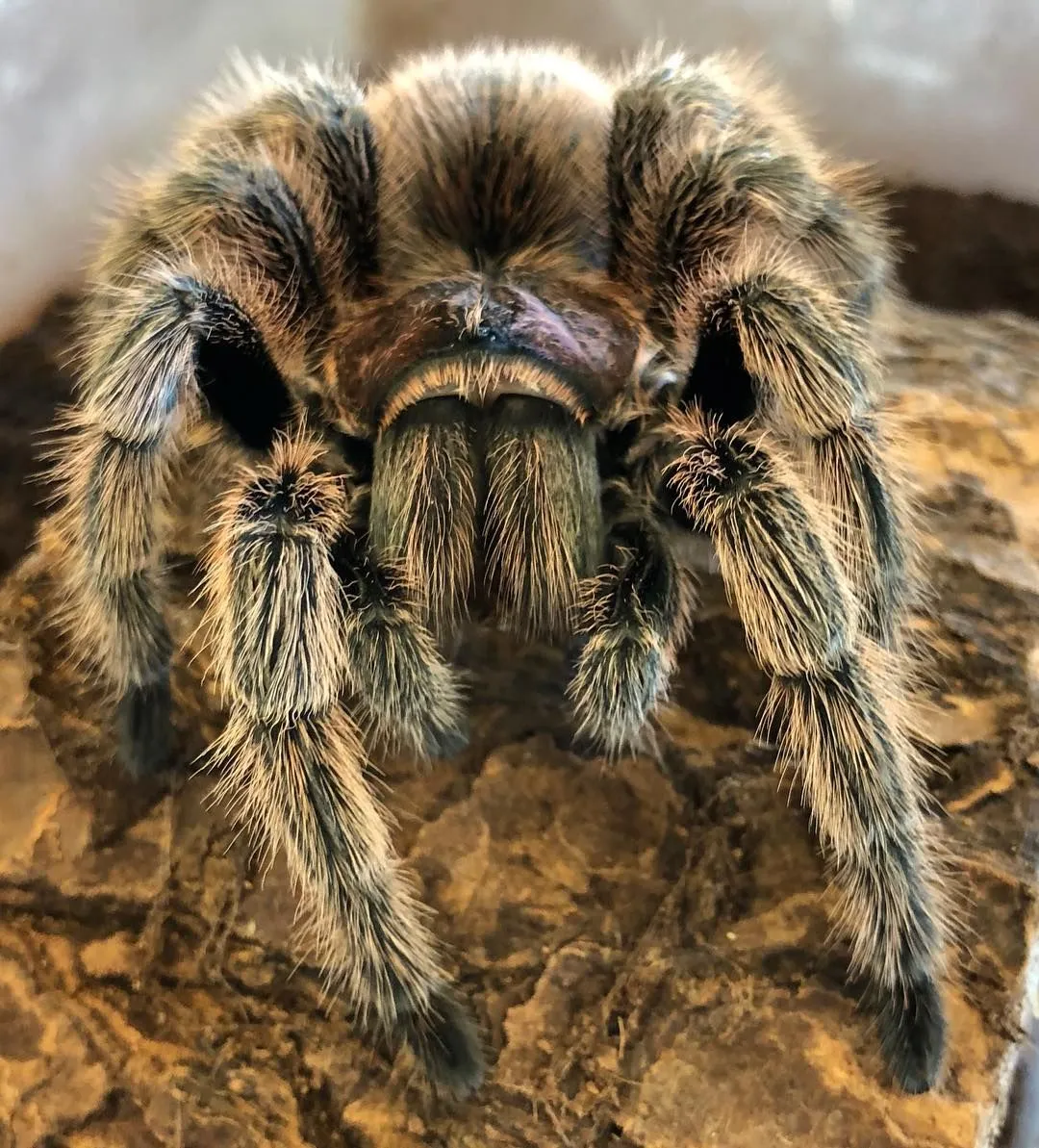
When choosing your tarantula, look for an active spider with a plump abdomen. A well-fed tarantula will have a rounded abdomen, indicating good health. Avoid spiders with a shrunken or wrinkled abdomen, which may indicate dehydration or starvation. Also, check for missing limbs or any signs of injury, as these can lead to infection and other health issues. The tarantula should move with ease and not appear lethargic. Clear eyes and clean legs are also good indicators of a healthy spider. Buying from a reputable breeder or pet store that prioritizes tarantula health is highly recommended.
Quarantine and Acclimation
Once you bring your Rose Hair Tarantula home, quarantine is essential. This involves keeping the tarantula separate from other pets to prevent the spread of any potential diseases or parasites. Provide a temporary enclosure that meets the basic requirements for tarantula care. Allow the tarantula to acclimate to its new environment for a few days before handling or attempting to feed it. This initial period of adjustment is crucial for the spider’s well-being and helps minimize stress. During quarantine, carefully monitor the tarantula for any signs of illness or unusual behavior. Proper quarantine and acclimation practices can ensure a smooth transition for your new pet, promoting its health and longevity.
Setting Up the Perfect Enclosure
Creating the perfect enclosure is a cornerstone of Rose Hair Tarantula care. A well-designed enclosure provides the tarantula with a safe, comfortable, and stimulating environment. The right setup mimics the spider’s natural habitat, ensuring it feels secure and can thrive. This involves carefully selecting the enclosure size, substrate, and furnishings to create the ideal living space. Proper enclosure design not only contributes to the tarantula’s physical well-being but also enhances its psychological health, allowing it to exhibit natural behaviors and live a fulfilling life in captivity. Taking the time to set up the perfect enclosure will pay dividends in the long run.
Enclosure Size and Type
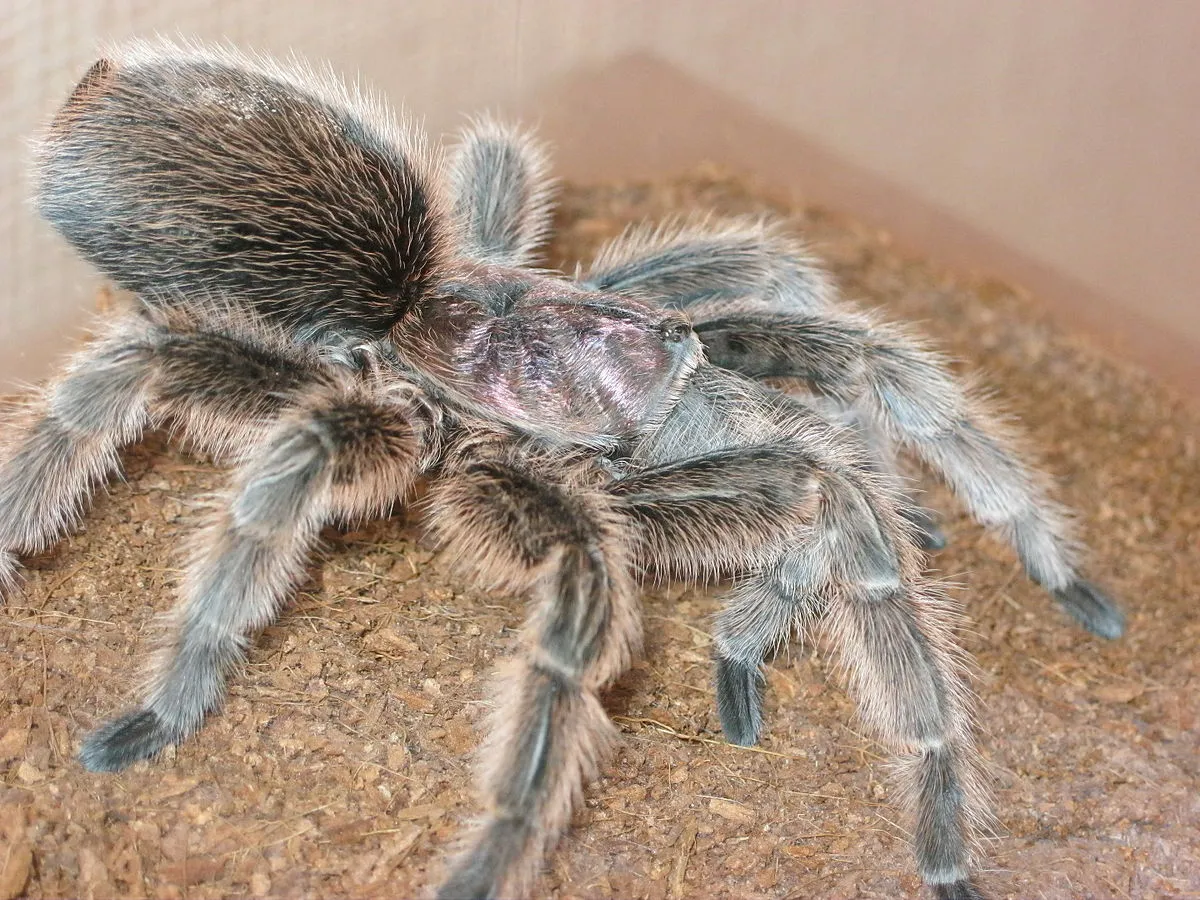
The size of the enclosure should correspond to the tarantula’s size. A good rule of thumb is to provide a space that is at least three times the tarantula’s leg span in width. For a Rose Hair Tarantula, a 10-gallon tank or a similarly sized enclosure is usually adequate, especially for adults. The enclosure should be made of clear material, such as glass or acrylic, to allow for easy viewing. Ensure the enclosure has a secure, escape-proof lid. Good ventilation is also crucial. Consider adding cross-ventilation to prevent the buildup of humidity and odors. The enclosure type should be easy to clean and maintain, as well as being suitable for burrowing.
Substrate and Furnishings
The substrate is the bedding material that covers the bottom of the enclosure. For Rose Hair Tarantulas, a substrate that allows for burrowing is ideal. A mixture of peat moss, coconut fiber, and a small amount of vermiculite works well. The substrate should be deep enough to allow the tarantula to burrow comfortably, typically around 4-6 inches deep. Furnishings include a hide, such as a piece of cork bark or a half-log, to provide a secure retreat for the tarantula. Adding a shallow water dish is essential for hydration. Avoid using sharp or rough objects that could injure the tarantula. The enclosure should be designed to provide a sense of security, promoting the spider’s natural behaviors.
Temperature and Humidity
Rose Hair Tarantulas thrive in a temperature range of 70-80°F (21-27°C). A heat lamp or a heating pad placed on the side of the enclosure can help maintain the appropriate temperature. Never place the heat source directly on the bottom of the enclosure, as this can overheat the substrate and potentially harm the tarantula. Humidity levels should be kept between 60-70%. This can be achieved by misting the enclosure with water a few times a week or by providing a water dish. Monitoring both temperature and humidity with a thermometer and hygrometer is essential for ensuring a healthy environment for your Rose Hair Tarantula. Proper temperature and humidity are crucial for their molting process and overall health.
Feeding Your Rose Hair Tarantula
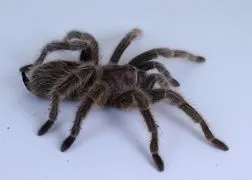
Proper feeding is a vital component of Rose Hair Tarantula care, directly impacting their health, growth, and longevity. Providing the right food types and adjusting the feeding frequency based on the tarantula’s age and needs is crucial. Understanding the dietary requirements of these arachnids ensures they receive the necessary nutrients to thrive. A well-fed tarantula exhibits increased activity and a healthy appearance, reflecting the benefits of a balanced diet. Pay close attention to your tarantula’s eating habits and adjust the feeding regime accordingly.
Appropriate Food Types
The primary food source for Rose Hair Tarantulas is insects. Crickets, mealworms, and roaches are readily available and nutritious options. The size of the food should be appropriate for the size of the tarantula; the prey should be no larger than the tarantula’s body length. Variety in the diet is beneficial. Occasionally, you can offer other insects or even small pieces of pre-killed pinky mice for adult tarantulas. It’s important to ensure that the insects you feed are gut-loaded with nutritious food before offering them to your tarantula. This will improve the nutritional value of the meal.
Feeding Frequency and Portioning
Feeding frequency depends on the tarantula’s age and growth rate. Spiderlings typically need to be fed every 2-3 days, while juveniles can be fed every 3-5 days. Adult Rose Hair Tarantulas can often be fed once a week or even less frequently, especially if they are not actively growing. Always remove uneaten food within 24 hours to prevent the growth of mold and mites. Observe your tarantula’s feeding habits. If it is not eating, it may be preparing to molt, and you should remove the food. Adjust the portion size to avoid overfeeding and to ensure your tarantula maintains a healthy weight and appetite. Overfeeding can lead to health problems.
Watering and Hydration
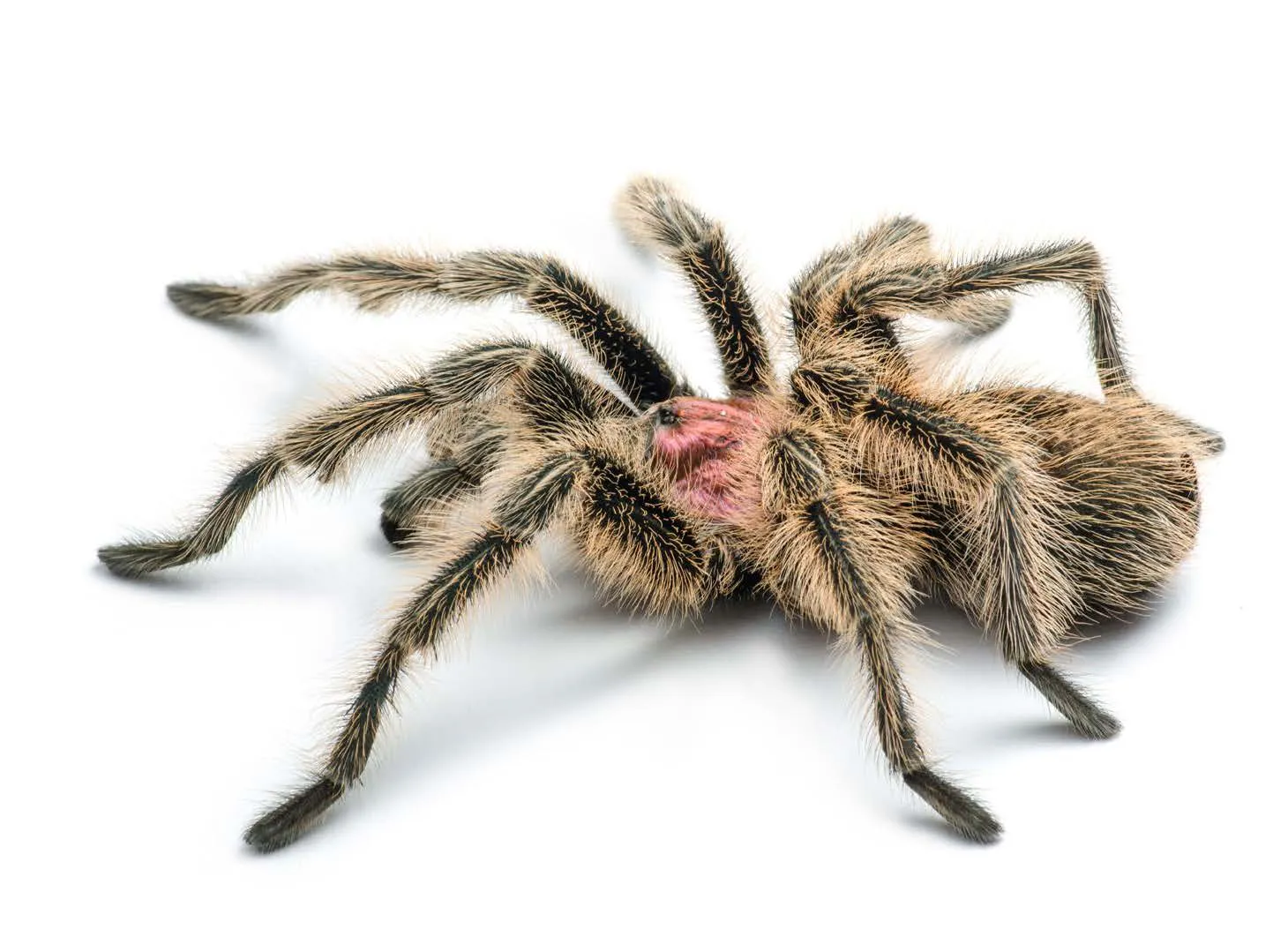
Providing adequate hydration is crucial for Rose Hair Tarantulas, as they require sufficient water to maintain their health and facilitate the molting process. Dehydration can lead to serious health issues, including difficulties during molting and a shortened lifespan. Ensuring a readily available water source and maintaining proper humidity levels are essential aspects of tarantula care. Monitoring the tarantula’s water intake and enclosure humidity will help guarantee that your pet remains healthy and hydrated. Proper hydration is one of the most critical components of successful Rose Hair Tarantula husbandry.
Providing Fresh Water
A shallow water dish should always be available in the enclosure. Use a dish that is easy for the tarantula to access but not so deep that it poses a drowning risk. The water should be clean and fresh. Change the water in the dish every 1-2 days. You can use bottled water or tap water that has been dechlorinated. Avoid using tap water that has high mineral content. Observe your tarantula to ensure it is drinking from the water dish. Sometimes, tarantulas may prefer to drink from the droplets formed after misting the enclosure.
Maintaining Humidity Levels
Humidity levels play a crucial role in the overall health of your Rose Hair Tarantula, particularly during molting. Use a hygrometer to monitor the humidity levels in the enclosure. Aim for a humidity level between 60-70%. To maintain the desired humidity, you can mist the enclosure with water a few times a week, especially during dry seasons. The frequency of misting will depend on the ambient humidity and the substrate type. Ensure that the substrate does not become overly wet, as this can promote the growth of mold and mites. Proper ventilation is essential to prevent excessive humidity and maintain healthy conditions.
Handling and Safety
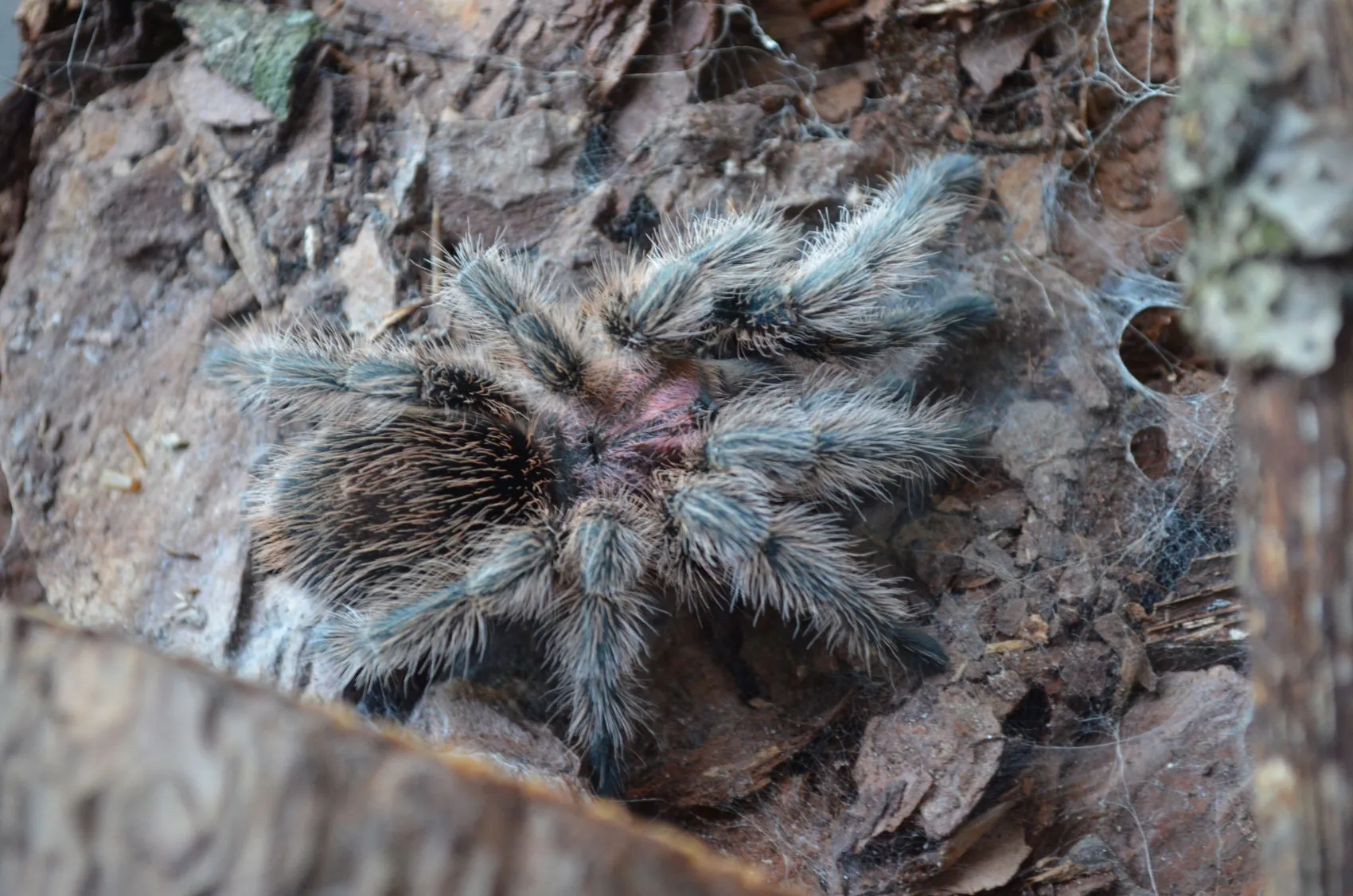
While Rose Hair Tarantulas are known for their docile nature, handling them should be approached with caution. Always prioritize your safety and the spider’s well-being. Understanding safe handling practices and recognizing stress signals are key to preventing injuries and ensuring a positive experience. Handling should be kept to a minimum, as excessive handling can stress the tarantula. If you choose to handle your tarantula, always do so carefully and attentively.
Safe Handling Practices
If you must handle your Rose Hair Tarantula, do so in a controlled environment, such as sitting on a low surface. Avoid handling it near high places, where a fall could injure the spider. Gently encourage the tarantula onto your hand or a soft surface. Never squeeze or grab the tarantula. Be aware of the tarantula’s urticating hairs on its abdomen, which can cause skin irritation. Always wash your hands thoroughly before and after handling. Remember that some tarantulas may bite if they feel threatened. Respect the tarantula’s space and allow it to move freely when handling.
Recognizing Stress Signals
Observe your tarantula for signs of stress, such as excessive flicking of its legs, raising its front legs, or a defensive posture. These behaviors indicate that the tarantula feels threatened. If you observe these signs, immediately stop handling the tarantula and allow it to retreat to its enclosure. Never force the tarantula to do anything it does not want to do. A stressed tarantula is more likely to bite or flick its urticating hairs. Frequent or prolonged stress can lead to health problems. Learning to read the tarantula’s body language is essential for providing a safe and comfortable environment.
Common Rose Hair Tarantula Health Issues
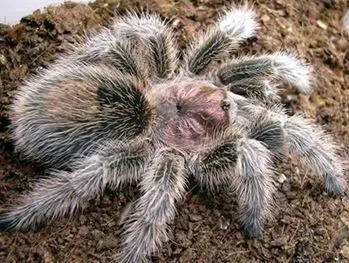
Understanding common health issues and the molting process are vital for providing proper care and ensuring the longevity of your Rose Hair Tarantula. By recognizing the signs of potential problems and knowing how to address them, you can take proactive steps to maintain your pet’s well-being. Regular observation and proactive care contribute to a healthier and happier tarantula. Proper attention to these aspects can help prevent or mitigate potential health concerns, ensuring your tarantula thrives in its environment.
Moulting Process and Care
Moulting is the process by which a tarantula sheds its exoskeleton to grow. During this process, the tarantula is vulnerable and should not be disturbed. Signs of an impending molt include a darkening of the abdomen and a loss of appetite. Provide a moist environment and avoid feeding the tarantula during this time. After molting, the tarantula’s fangs and exoskeleton are soft. Do not feed the tarantula for a week or so until its fangs and exoskeleton harden. Always remove any old exoskeleton from the enclosure. The molting process can take several hours or even a couple of days, so patience is important.
Identifying and Addressing Problems
Regularly inspect your tarantula for any signs of health problems. Look for issues such as mites, injuries, or signs of illness, such as lethargy or a loss of appetite. Mites can be identified as tiny, moving specks on the tarantula or in the enclosure. If you suspect your tarantula has a health issue, consult with an experienced tarantula keeper or a veterinarian familiar with exotic animals. Addressing any problems promptly can prevent them from escalating into more severe issues. Maintaining a clean enclosure, providing a balanced diet, and ensuring proper temperature and humidity are key to preventing many health problems.
Rose Hair Tarantula Care Conclusion
Caring for a Rose Hair Tarantula is a rewarding experience. By following these top 5 tips, you can ensure your tarantula lives a long, healthy, and fulfilling life. Providing the right environment, feeding it appropriately, and observing its behavior are all essential components of successful tarantula husbandry. Remember, patience, consistency, and a genuine interest in your pet’s well-being are key to building a strong and lasting relationship with your Rose Hair Tarantula. Enjoy the fascinating world of these amazing creatures!
